
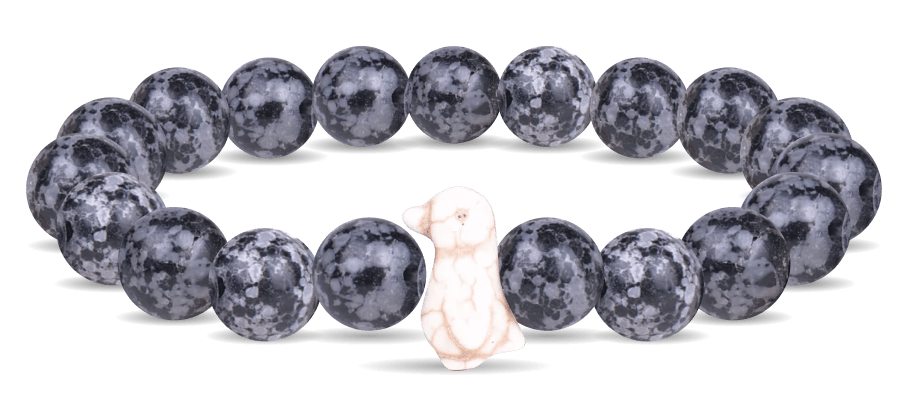
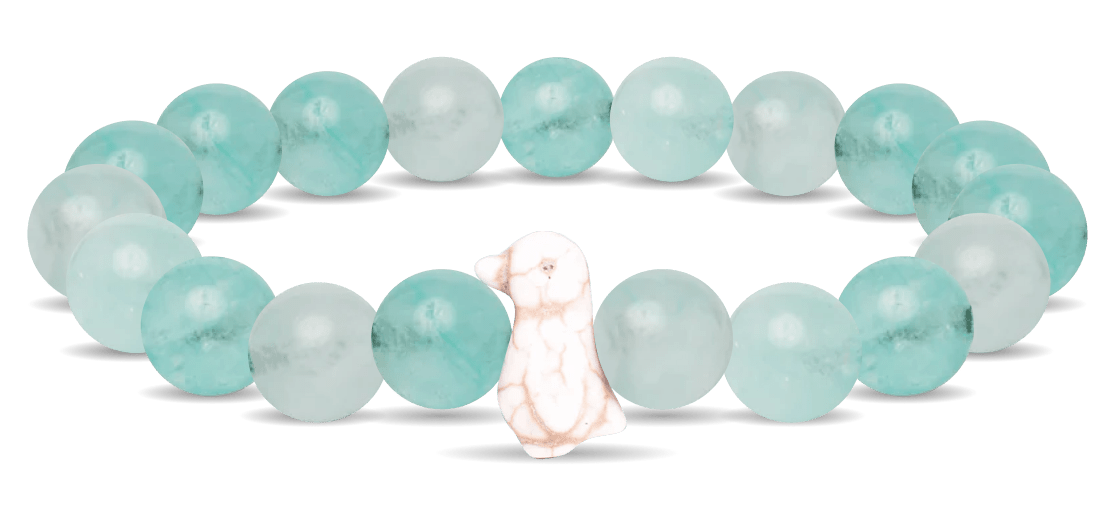
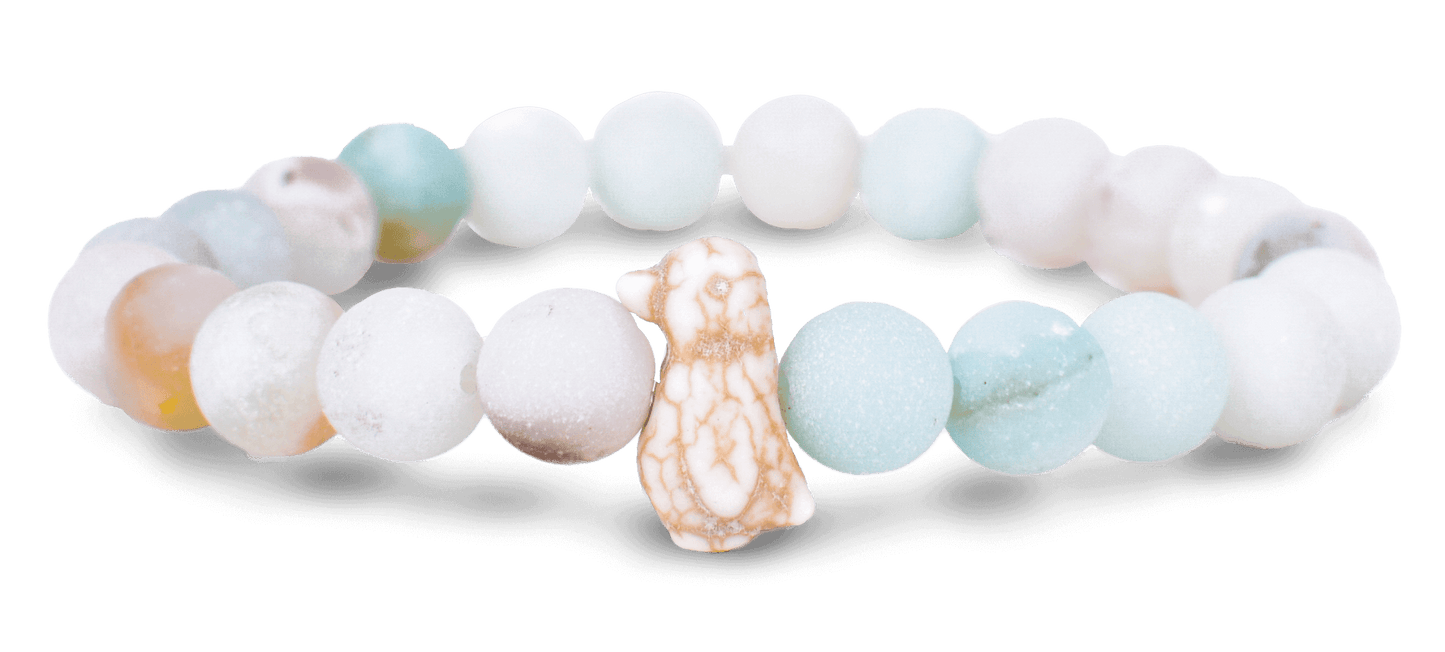

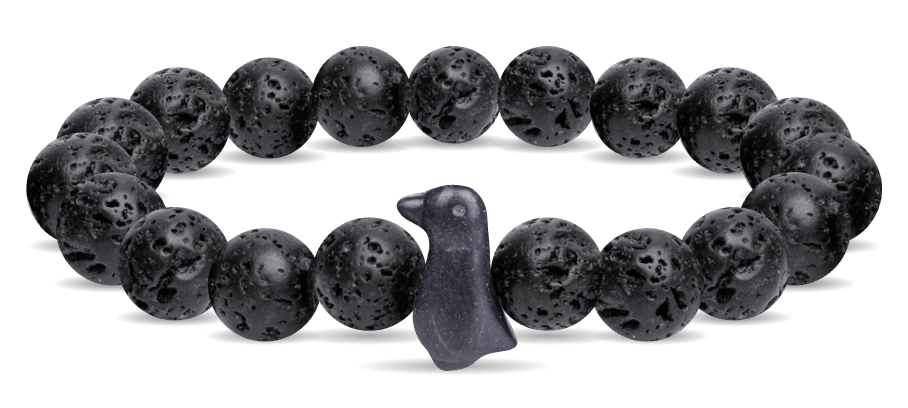
Each Bracelet Comes With
a Real Penguin To Track
Each Bracelet Comes
With a Real Penguin To
Track
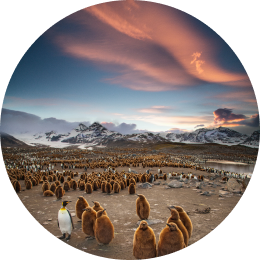
Meet your penguin and learn their story

Reveal exclusive stats, photos, and updates along the way
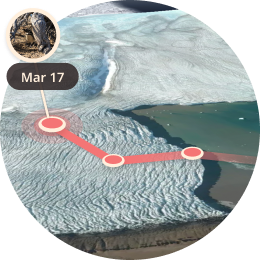
Follow their path on an interactive tracking map

In partnership with Global Penguin Society
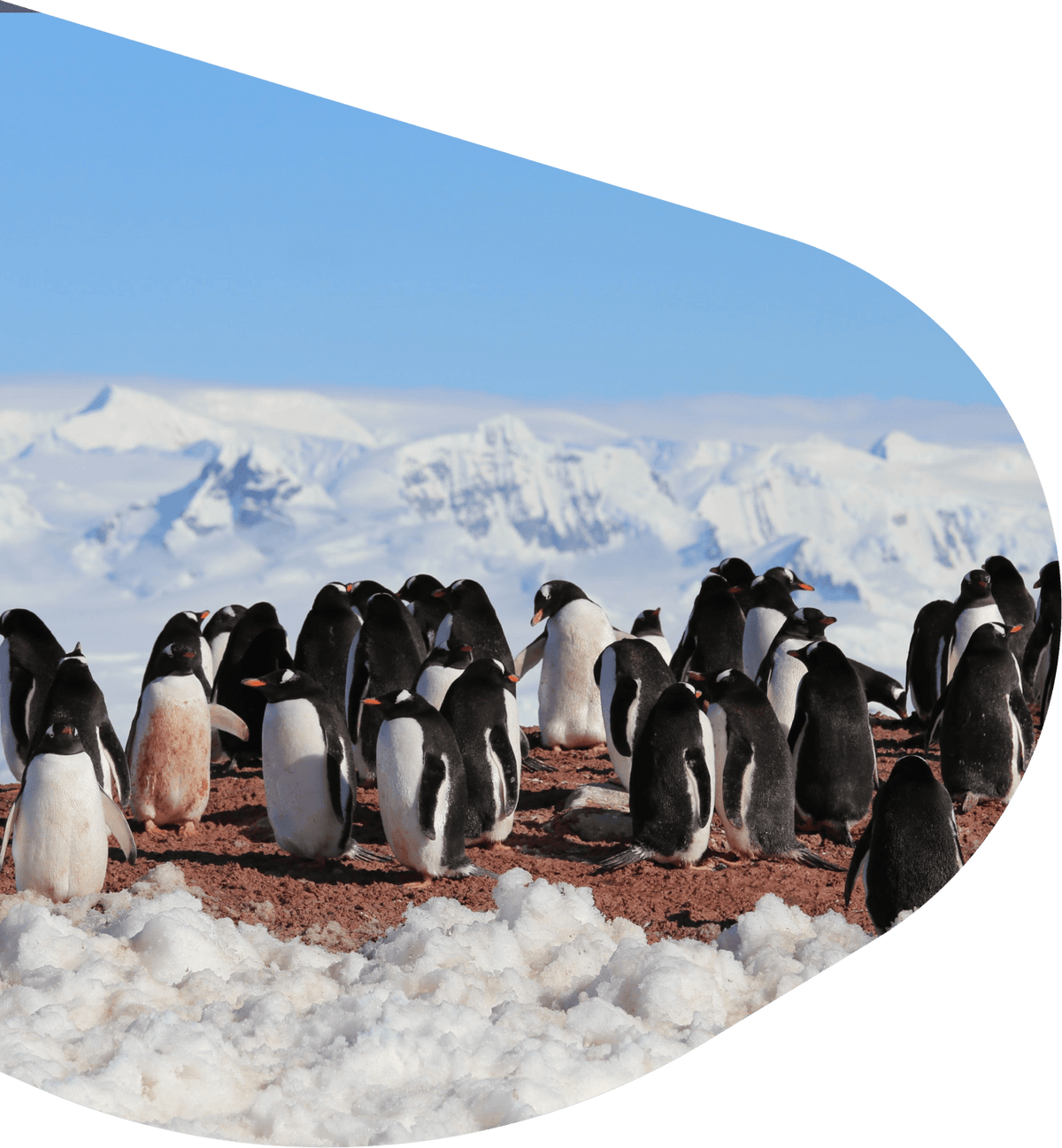
Made in partnership with the Global Penguin Society, the first and only international organization dedicated exclusively to the conservation of the world's 18 penguin species. Fahlo's goal is to help support their conservation and secure a future for penguins in a rapidly changing world.
One small bracelet.
One big mission.
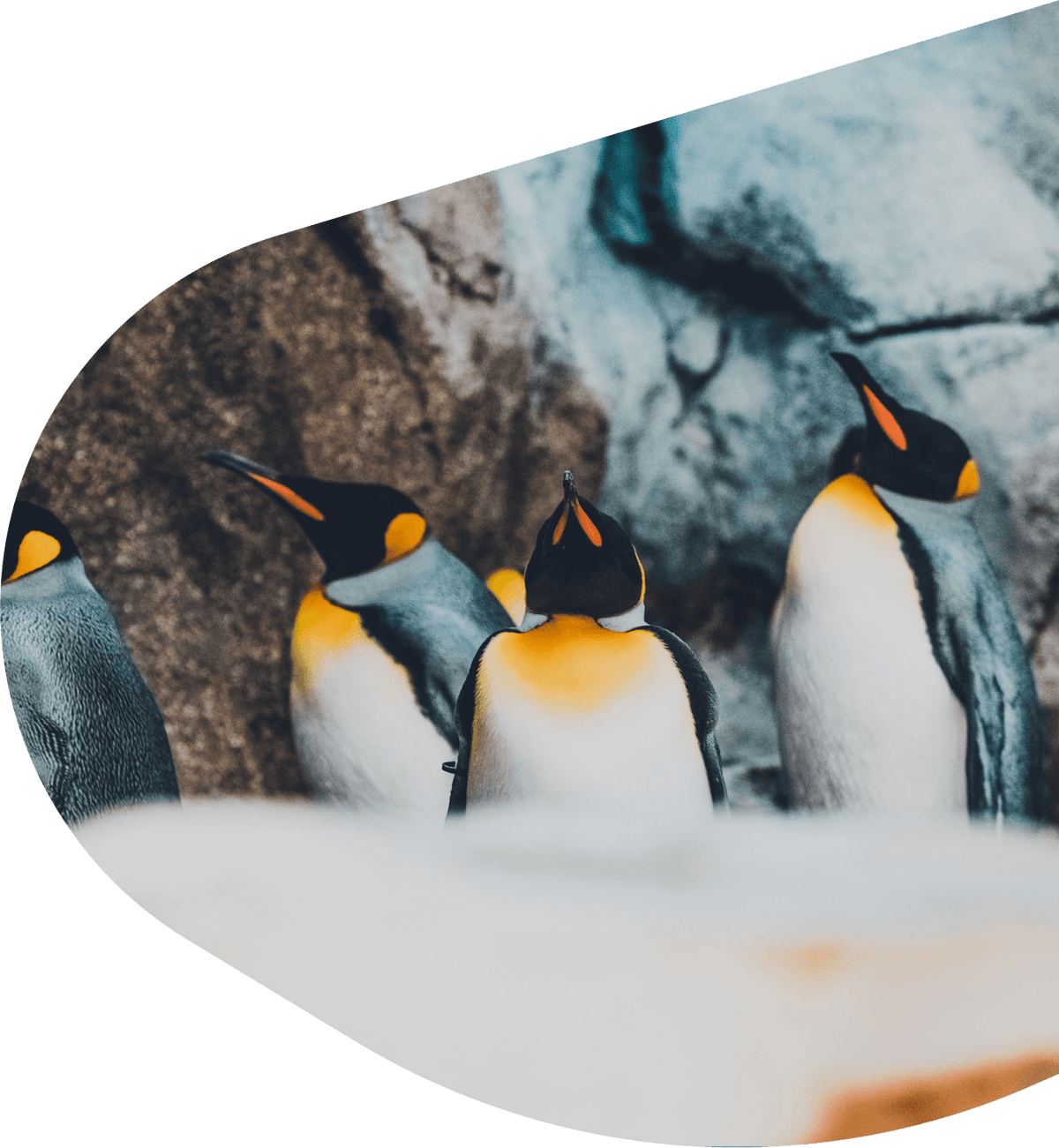
Common Questions
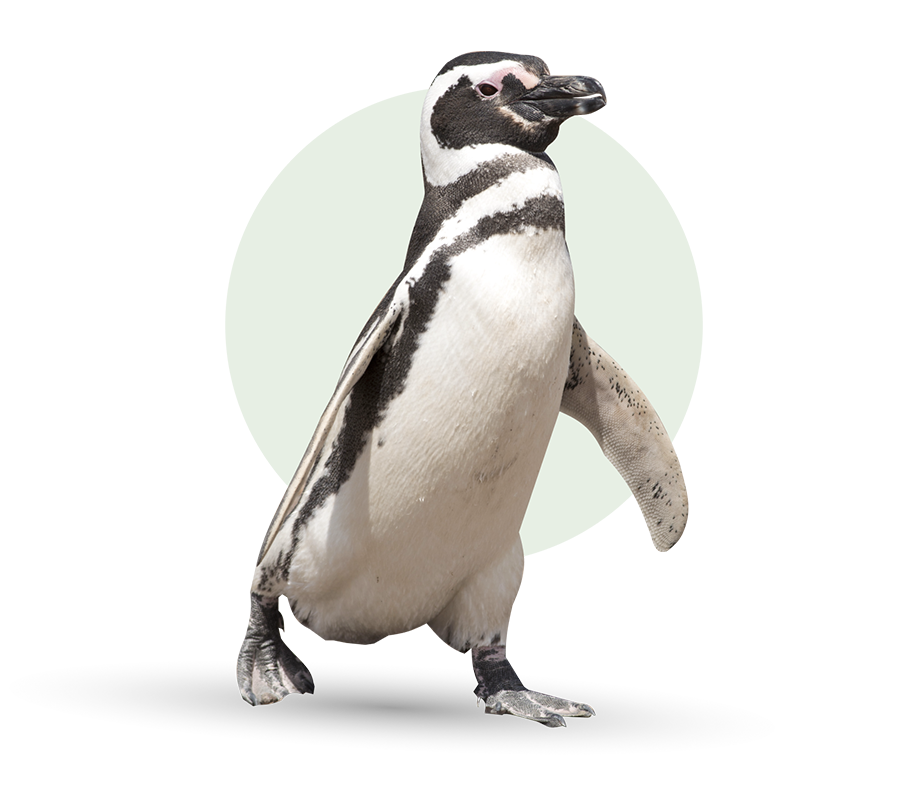

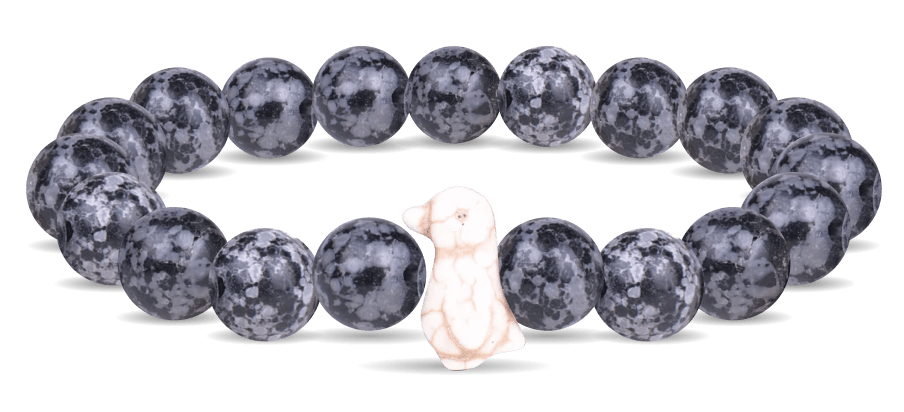



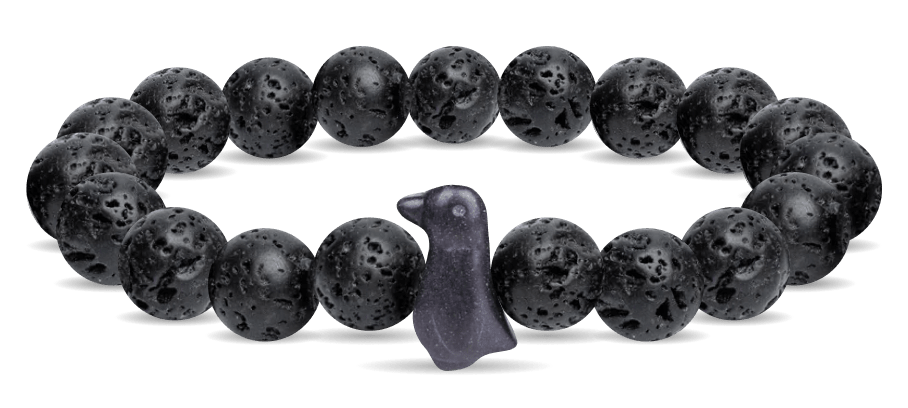
 This animal’s safety guarded with the Fahlo Protection Ping™
This animal’s safety guarded with the Fahlo Protection Ping™ If you add 3 or more, you get free shipping!
If you add 3 or more, you get free shipping! Fahlo donates 10% of all profits to our nonprofit partners
Fahlo donates 10% of all profits to our nonprofit partners Sizing: Elastic, one size fits most
Sizing: Elastic, one size fits most SSL Secure Checkout
SSL Secure Checkout Worldwide Shipping
Worldwide Shipping Dedicated Customer Service
Dedicated Customer Service 100% Happiness Guarantee
100% Happiness Guarantee